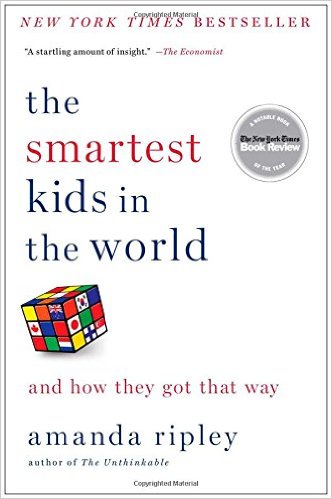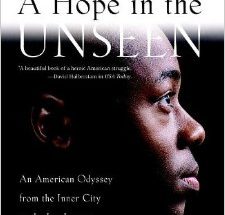
In “The Death and Life of the Great American School System,” author and education historian Diane Ravitch gives a comprehensive history of the nation’s public school with a spotlight on New York City. At the same time, she discusses her changing views on school reform.
Ravitch grew up in Houston, Texas, where she attended public school. She graduated from Wellesley College in 1960 and received her Ph.D. in the history of American education in 1975 from Teachers College, Columbia University. Ravitch’s research on centralization and decentralization in New York City schools, became the book, “The Great School Wars: NYC, 1805-1973.” It was the first published work accepted as a dissertation at Teachers College, Columbia University. In the 1960s, there was a fight to decentralize schools by taking power away from school boards and giving it to the community. This move was led in part by non-profit groups like the Ford Foundation and upended a tradition that began in the 1890s.
“The Death and Life of the Great American School System,” Ravitch’s 20th book, opens with her going through her old articles as she unpacks after painting her Brooklyn office. She takes the opportunity to reflect on her shift from conservative to more liberal views on education. However, she makes the point toward the end of the book that she never changed her fundamental ideology of education — mainly that everyone should be afforded a high-quality education. What changed is her view of how to reach that goal.
As assistant secretary of education from 1991-93 in the first Bush administration, Ravitch supported the idea that public schools should be run more like businesses with clear rewards for high achievers and punishments for those who didn’t measure up. She changed her mind after seeing things like mayoral control, merit pay and charters and an emphasis on test performance, instead of quality curriculum and holistic assessments. When the book came out in 2010, Ravitch fought back against critics of her change of heart.
Although that switch got most of the attention, the book provides a wealth of information and instruction of the history of education, especially in New York City. Ravitch explains how the Board of Education was abolished to make room for the Department of Education, and the origins of No Child Left Behind and President Barack Obama’s Race for the Top. In the revised and expanded 2011 edition, she also addresses changes since 2010.
Instead of punishing Ravitch for changing her mind and moving against education reform policies she once championed, we might do better to appreciate her candidness. After decades of researching and working in education reform, Ravitch is in a better place than many to critically evaluate how various reform theories have played out in the real world. Personally, it would be far more disturbing to find that Ravitch, after seeing a reform fail, would bullishly back its implementation simply because she had done so at the start of her career. That is what made this book such a refreshing read.



